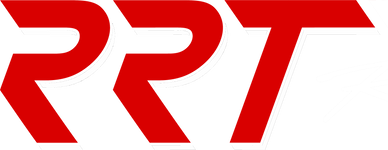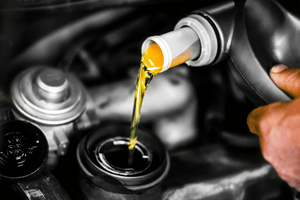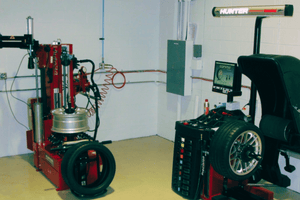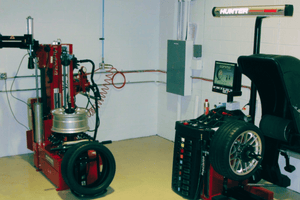Replacing S65/S85 Rod Bearings
It is a well known problem that the rod bearings in the S65 and S85 BMW engines has a few issues. They tend to wear at an accelerated rate. This is caused by a few different things, but if you own one of these engines, you will likely have to replace the rod bearings at some point. RRT has a lot of experience with this job and we hope to explain a few parts of it here for you.
WHAT IS A ROD BEARING?
The connecting rod is the part of the engine which connects the piston to the crankshaft. Where the rod connects to the crankshaft there is a bearing which separates the rod itself from the crank journal. The bearing is made from a softer material than the rod or the crankshaft. This is so that the bearing wears before the crankshaft or the rod itself, both of which would necessitate a far more expensive repair if damaged. A rod bearing is made up of two half of smooth metal. A very thin film of oil is continuously pumped in to provide lubrication.
WHY DO THEY FAIL?
Rod bearings can fail for a number of different reasons. The most common is that as they wear the tolerance between the crankshaft, connecting rod and rod bearing increase. This prevents the oiling system from lubricating the bearing properly, further increasing wear. When a bearing fails, it can cause what is called a “rod knock” or worse major components can break, resulting in a complete loss of an engine.
Unfortunately, there are not a lot of symptoms to look out for to try to determine when a bearing is about to fail. If the problem has already gotten to the point of the engine behaving funny or having a audible rod knock, they problem is already very bad. Without being able to easily inspect these bearing visibly, the best way to determine what is going on inside the engine to to do regular oil samples. RRT partners with Blackstone Laboratories to analyze oil samples and uses that information to try and determine the state of the components inside your engine.
HOW IS THE REPAIR PERFORMED?
Rod bearing replacement is a fairly involved procedure. To access the bearings, the oil pan need to be removed from the vehicle and to do that, the subframe and front suspension needs to be moved out of the way. This is definitely not a job an average hobbyist can perform in his or her driveway. After accessing the bearings, the crankshaft surface and rod journals need to be carefully inspected for any signs of wear or damage. The new bearings need to have proper tolerances ensured and the rod bolts torqued in a very specific sequence. If everything is good, the vehicle is reassembled and test driven.
ARE THERE UPGRADES?
With regards to parts chocies, there are a few choices. The first is to replace the rod bolts and bearings with the updated BMW bearings. This choice is perfectly okay for normal street driven cars. For modified cars or cars that see track time, RRT use ACL or BE Bearings to provide additional protection in the future. These bearings are manufactured by Clevite to address some of the design issues inherent with these engines. For vehicles that are supercharged or extremely modified, we recommend upgrading to ARP rod bolts as well.





